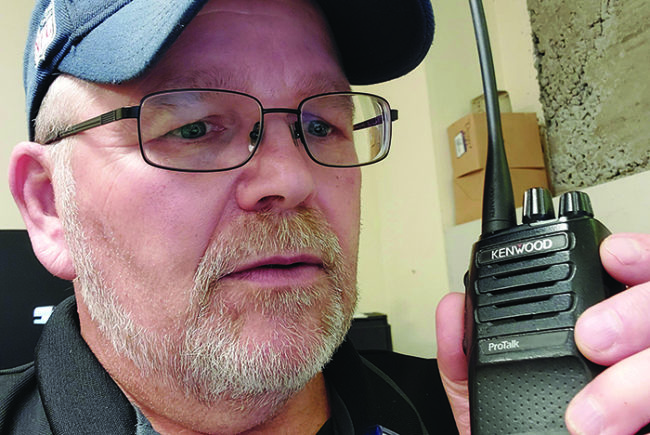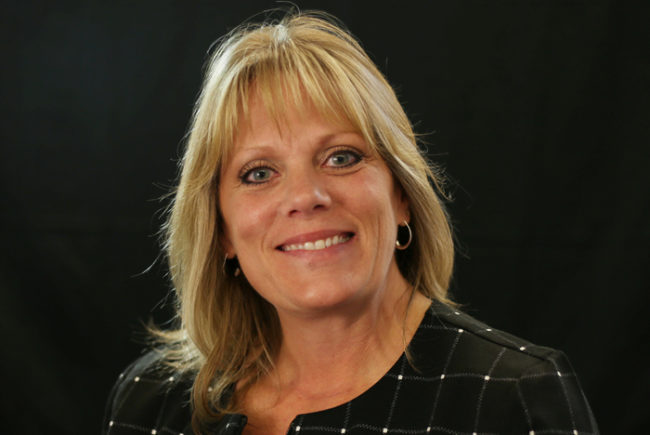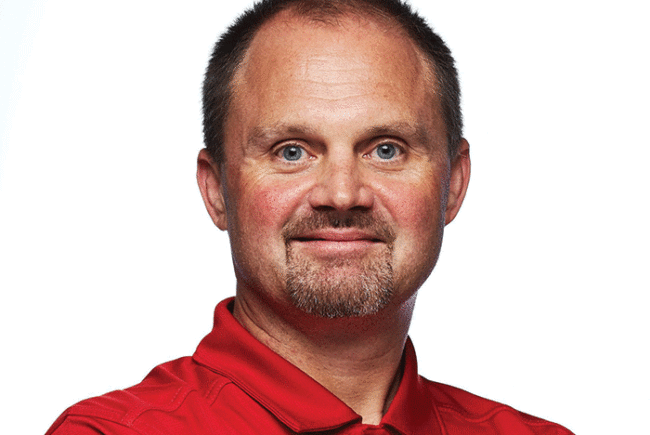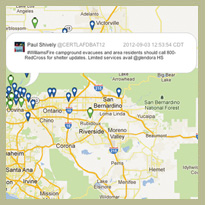
Mass communication systems are becoming commonplace in most health care organizations across the globe. With their ability to deliver messages across multiple contact paths, the growth of mobile applications and an increasingly connected workforce, employees are utilizing these systems, originally intended for emergency notification, to lower costs through increased day-to-day operational efficiencies.
Whether using the system to enhance code-calling and ST-elevation myocardial infarction (STEMI) alerts, allowing emergency department (ED) charge nurses to quickly and efficiently communicate with their staff to fill open shifts and automate staffing processes, or communicating across multiple facilities in the case of a regional emergency or natural disaster, health care organizations are increasing their use of mass notification systems for critical communications.
Five examples
Here are five examples of how these systems have become go-to solutions in improving the daily operational efficiency of leading healthcare organizations:
1. Accelerating code-calls and operational communications. Code calling and STEMI alerts are common ways to communicate critical and time-sensitive information in health care settings. Traditionally communicated through pagers and public address (PA) systems, modern technology has afforded organizations additional and often more efficient ways to broadcast this vital information.
When selecting a mass communication system for a health care organization, it is important to ensure it supports multiple contact pathways, including mobile voice, landline, short message service (SMS), pagers, email, social media and more to ensure the information gets to the desired individuals as quickly as possible.
"We regularly use our mass notification system to quickly communicate color-coded events and STEMI alerts to all key personnel," says Kelby Hill, preparedness coordinator at Texas Trauma Service Area. "Additionally, we have found that the multiple contact paths and easy group building capabilities allows us to effectively organize meetings, whether planned or unplanned."
Mass communication can easily increase efficiencies and reduce time and cost required for operational procedures. Whether organizing meetings on the fly or communicating the initiation of key operational procedures in minutes, a robust system with two-way communication capabilities can provide increased return on investment on a daily basis.
"During a critical power failure in our region, we utilized our mass communication system to quickly gather all key personnel into a single location to mitigate the situation," says Stephen Monteiro, capacity and emergency management director at Boston Children's Hospital. "Without a mass communication system we may not have been able to gather all the required employees in an unplanned meeting on short notice. By being able to assemble these people so quickly, we were able to easily disseminate information that lead to the successful management of what could have been a crisis situation."
2. Quickly filling shifts with qualified staff. Manually staffing in a health care setting can be costly, time-consuming and frustrating. Traditionally, staffing operations require the consideration of complicated requirements to dictate which employees may or may not take an open shift. With a robust mass communication system, this entire process can be automated and the employees responsible for staffing operations are able to complete the process quickly and efficiently, saving time and money.
"Our system was initially deployed to communicate with our entire employee base in the event of large scale incidents such as severe weather disasters and regional emergencies, we've found it is equally useful in our everyday staffing operations," says Tim Klippert, emergency preparedness manager at University of Colorado Health. "Every ED charge nurse on our team is trained on the system, and it can be used on the fly to fill open shifts or positions in critical areas such as ED staffing."
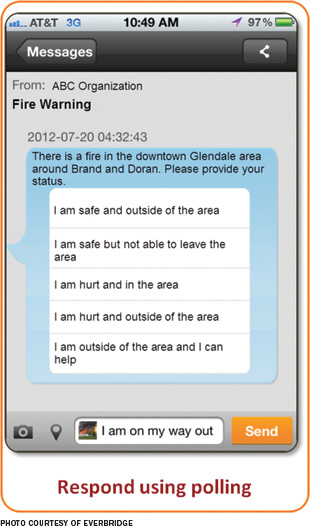 |
|---|
| This mobile member application for smartphones allows organizations to conduct polling and confirmation to provide instant status on employee safety. |
3. Communicating critical information during emergencies. Emergency notification is often the driving force behind the acquisition of mass communication systems, though this is rapidly shifting as organizations realize the potential operational benefits of these platforms. Still, emergency situations are often one of the most critical uses of mass notification and interactive communication systems. They allow the rapid and efficient broadcast of critical information to key personnel in dangerous situations and crises.
During the second wave of the H1N1 influenza crisis, Boston Children's Hospital was faced with a unique situation that required a rapid and strategically time response for which their mass communication system offered the perfect solution. It was proven that the children who were most at risk of contracting the illness were those who had already been sick or hospitalized. Due to an unexpected prioritization from the state, Boston Children's Hospital was suddenly granted a large portion of the available vaccines.
"In order to get these vaccines to the people who needed them most, we devised a unique strategy based around mass communication," says Monteiro. "We ran a filter through our record keeping system that extracted the phone numbers of the parents or guardians of at-risk children without revealing any personal information. We then easily and quickly input that information into our mass communication platform and grouped the contacts into waves. By sending out notifications of the available vaccines at our 'Just-In-Time' flu clinic in waves, we not only got the vaccine to the people who needed it most, but we were able to do it in a way that did not overwhelm our staff or capacity for treating these individual."
4. Reporting and analytics. Modern mass communications systems should come with advanced reporting and analytics features. These features not only allow administrators to review and analyze the success and key areas of improvement for broadcasts, but additionally grant organizations the ability to report on their communication practices for compliance purposes with local, state and federal regulations.
When broadcasting information to employees in a health care organization, it is often critical to get confirmation that the message has been received and the information has successfully communicated.
"Another key item to consider is the idea of accountability," says Hill. "Through our reporting and analytics capabilities and confirmation of message receipt, we make our employees accountable for their responses. This helps guarantee a response if we are sending a polling notification (i.e., 'What is your estimated time of arrival?') and increases our response rate by a very large factor. Additionally, if we ever have a poor result from a broadcast, we can turn to the reporting and analytics feature to determine why."
5. Monitoring social media activity for situational intelligence. Breaking news today often spreads across social networks before any other traditional communication pathway. It is a significant force in public opinion and the spread of information, and if it is ignored can become a liability to your organization. The general population now expects real-time news with updates throughout an event.
One large hospital experienced an unexpected surge of visitors, crowding emergency rooms and reception areas, complete with local news helicopters hovering the sky. Unfortunately for hospital officials, they had no idea why their hospital had just become so crowded with people who seemed not to need any medical care. This complicated their ability to continue to provide services as expected. If they had been properly monitoring social media and filtering the data, they would have seen the rumors circulating that a celebrity was planning to visit the victims of the Aurora, Colo., movie theater shooting hours in advance and been able to properly prepare for the surge in visitors.
Additionally, monitoring social media can give organizations the ability to mitigate and derail any untrue rumors or misinformation that spreads through avenues such as Twitter.
"We see great value in being able to monitor social media to ensure that the proper information is being communicated to the public, especially in the incident of an emergency or pandemic of any sort," says Monteiro. "Additionally it allows us to gauge whether or not our critical and strategic PR efforts are penetrating and getting to the public at large during important incidents."
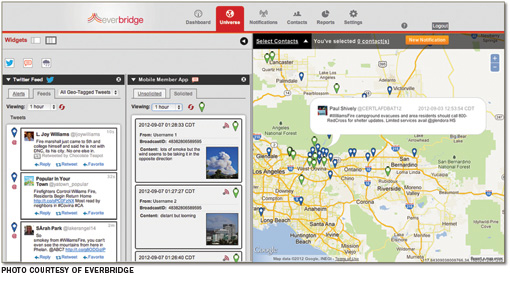 |
|---|
| This system provides for situational intelligence in a single dashboard by scanning social channels, such as Twitter, to help organizations better respond to an incident. |
An essential platform
Compliance requirements, code-calling and even day-to-day staffing needs make mass communication systems an essential communications platform for running a successful health care facility. These systems help organizations instantly communicate with key personnel, mobilize emergency responders, transmit vital staffing information to employees, and communicate with the patient community -- all while maintaining detailed reporting compliance. Whether it's an unforeseen crisis or a need-to-know situation, health care organizations are increasingly adopting these strategic communications platform to make better decisions to protect patients, staff and vital infrastructure.
Claudia Dent is vice president of product management for Everbridge, Glendale, Calif. She can be reached at Claudia.dent@everbridge.com.



